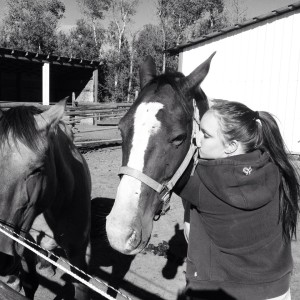On hearing veteran volunteers regale stories of Zoe’s Second Annual Compost Fundraiser, I was reminded of school trips in my native Scotland where grey skies, drizzle and near freezing temperatures were as compulsory as the curriculum of which the trips formed a part.
So it was with much relief that those veterans welcomed the bright blue sky that covered them in the car park of North Glenora Community League on Saturday 10th May for Zoe’s Third Annual Compost Fundraiser. Without doubt though, a significantly more welcome presence on the day was that of fourteen of Christensen & McLean Roofing Company’s finest, who volunteered their time at the suggestion of their crew leader Mark Williams who is also the brother of Zoe’s volunteer Alan Williams. Overall, an exceptional group of 37 volunteers in total had over 750 40lb sacks of the finest Organic Soil TM bagged by 10:30am. Hard work leads to hungry bellies, and again Christensen & McLean Roofing Co stepped up to the plate, providing lunch for all of the volunteers present on the day.
Zoe’s stalwart Mae Croft expertly marshalled the troops on the day and was fully confident that last years total of $4000 would be easily surpassed; the total will also include the takings from Jade and Asha’s ‘Adopt a Stuffie’ stall which raised around $100 and around $120 for the elegant teacup bird feeders. Gorgeous fosters Princess Gracie and Molly were also on hand providing cuddles, hugs and loving for anyone who wanted it.
PS – I encountered two significant stops on my Canadian Cultural Odyssey at the fundraiser. Firstly I realized that a ‘Garbage Fair’ isn’t a spelling error, but in fact a real thing where people trade apparently useless stuff; and secondly, after fifteen months in Canada, I’ve now sampled the small moreish delight that is a Timbit – a concept that neatly adopts the ethos of the Garbage Fair by making good use of something that would otherwise be thrown away. Sweet!



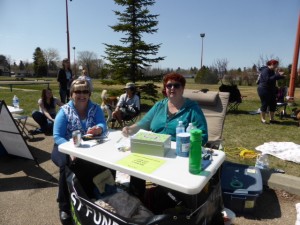


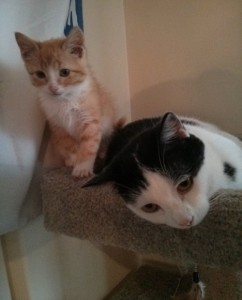


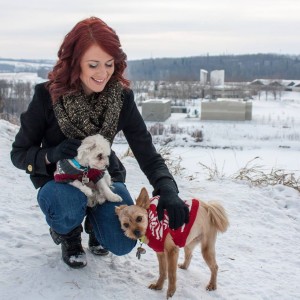

 But a puppy should not be going to its new forever home until at least 8 weeks of age, 12 weeks is preferable. Here are some reasons why:
But a puppy should not be going to its new forever home until at least 8 weeks of age, 12 weeks is preferable. Here are some reasons why: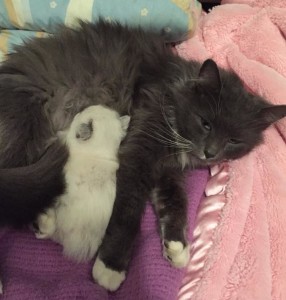
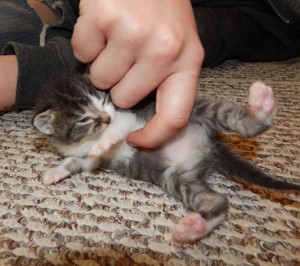 at least 8 weeks old. In most states in the US it is illegal to adopt or sell any animals under 8 weeks of age. And in Canada they might be following suit. Good breeders would never ever sell a puppy under 8 weeks of age nor any good rescues. Sadly some feel if they are eating solids then they are ready to go which is not the case. They may be ready physically but mentally they are far too young to cope with the trauma of a whole new life without momma and litter mates. Before you decide to adopt such a young kitten or puppy think if it’s the right thing to do for that puppy or kitten. Waiting a few more weeks to give them the best chance in life will be truly be worth it in the end.
at least 8 weeks old. In most states in the US it is illegal to adopt or sell any animals under 8 weeks of age. And in Canada they might be following suit. Good breeders would never ever sell a puppy under 8 weeks of age nor any good rescues. Sadly some feel if they are eating solids then they are ready to go which is not the case. They may be ready physically but mentally they are far too young to cope with the trauma of a whole new life without momma and litter mates. Before you decide to adopt such a young kitten or puppy think if it’s the right thing to do for that puppy or kitten. Waiting a few more weeks to give them the best chance in life will be truly be worth it in the end.
